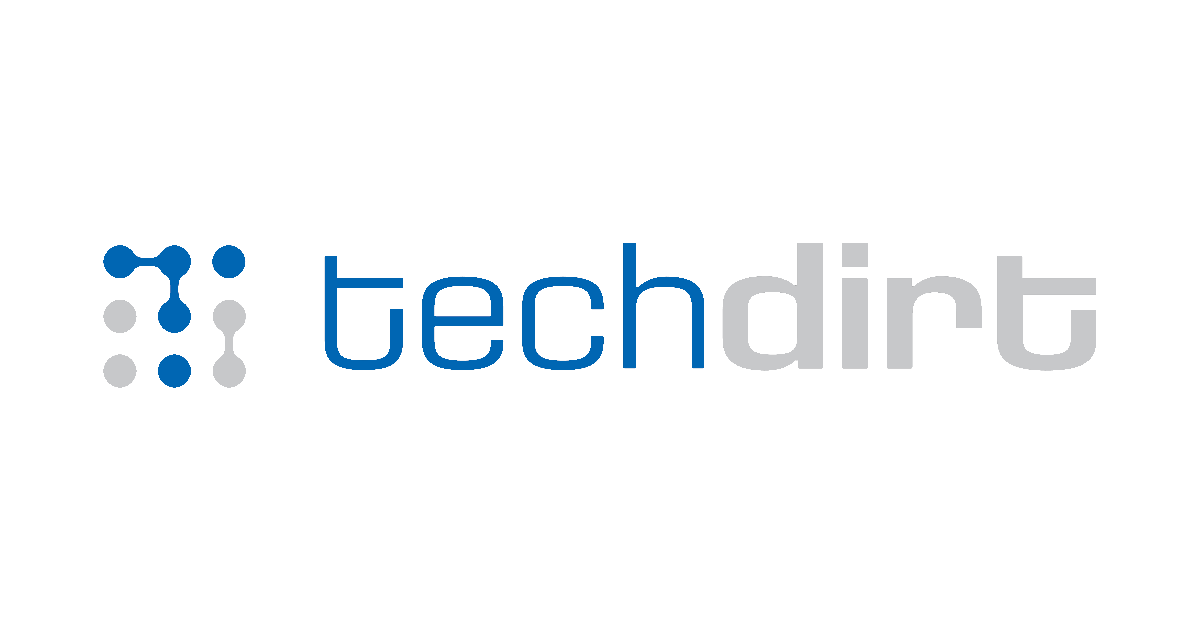EU Tries To Slip In New Powers To Intercept Encrypted Web Traffic Without Anyone Noticing
from the QWACs-in-the-web dept
The EU is currently updating eIDAS (electronic IDentification, Authentication and trust Services), an EU regulation on electronic identification and trust services for electronic transactions in the European Single Market. That’s clearly a crucial piece of legislation in the digital age, and updating it is sensible given the fast pace of development in the sector. But it seems that something bad has happened in the process. Back in March 2022, a group of experts sent an open letter to MEPs [pdf] with the dramatic title “Global website security ecosystem at risk from EU Digital Identity framework’s new website authentication provisions”. It warned:
The Digital Identity framework includes provisions that are intended to increase the take-up of Qualified Website Authentication Certificates (QWACs), a specific EU form of website certificate that was created in the 2014 eIDAS regulation but which – owing to flaws with its technical implementation model – has not gained popularity in the web ecosystem. The Digital Identity framework mandates browsers accept QWACs issued by Trust Service Providers, regardless of the security characteristics of the certificates or the policies that govern their issuance. This legislative approach introduces significant weaknesses into the global multi-stakeholder ecosystem for securing web browsing, and will significantly increase the cybersecurity risks for users of the web.
The near-final text for eIDAS 2.0 has now been agreed by the EU’s negotiators, and it seems that it is even worse than the earlier draft. A new site from Mozilla called “Last Chance to fix eIDAS” explains how new legislative articles will require all Web browsers in Europe to trust the the certificate authorities and cryptographic keys selected by the government of EU Member States. Mozilla explains:
These changes radically expand the capability of EU governments to surveil their citizens by ensuring cryptographic keys under government control can be used to intercept encrypted web traffic across the EU. Any EU member state has the ability to designate cryptographic keys for distribution in web browsers and browsers are…


